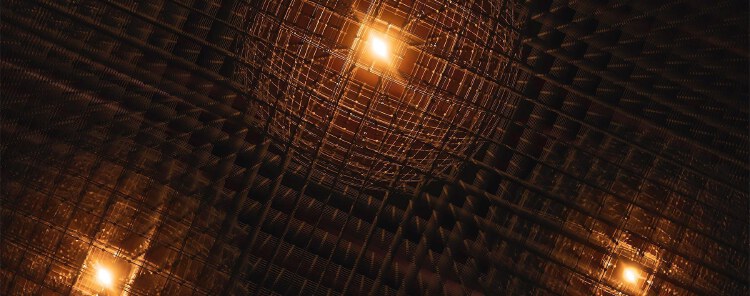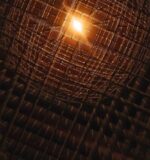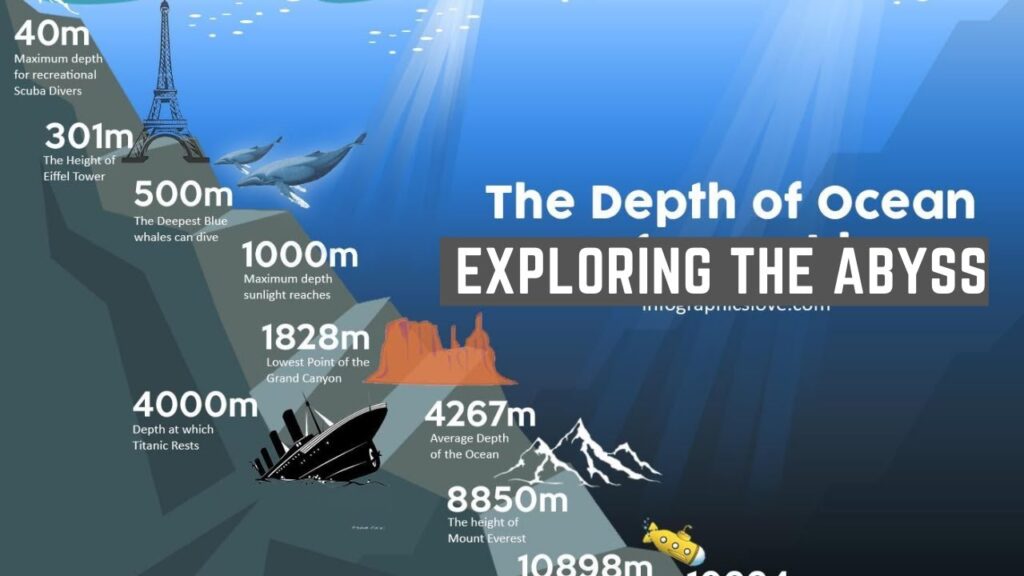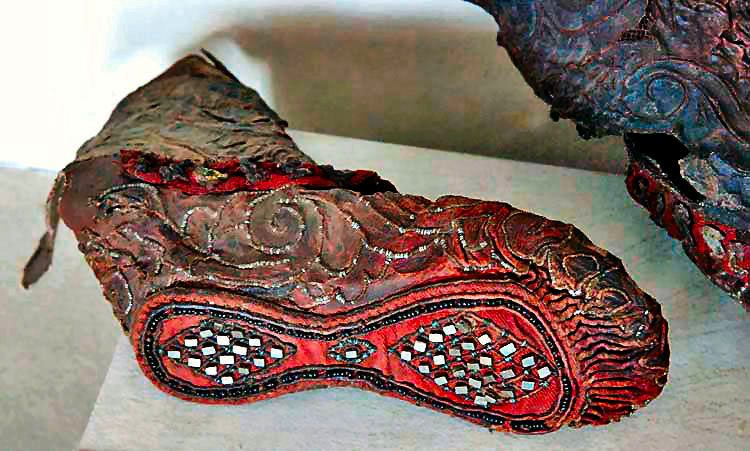Polarons are important nanoscale phenomena: a transient configuration between electrons and atoms (known as quasiparticles) that exist for only trillionths of a second.
These configurations have unique characteristics that can help us understand some of the mysterious behaviours of the materials they form within – and scientists have just observed them for the first time.
Polarons were measured in lead hybrid perovskites, next-gen solar cell materials that promise to boost conversion rates beyond the silicon panels that are primarily used today. Scientists are hoping that polaron observations will go some way to telling us exactly how perovskites turn sunlight into electricity so well.
To find the polarons, scientists trained light on single crystals of lead hybrid perovskites, watching with a giant X-ray free-electron laser called the Linac Coherent Light Source (LCLS) – capable of imaging materials at the smallest scales over the shortest times, down to trillionths of a second (or picoseconds).

“When you put a charge into a material by hitting it with light, like what happens in a solar cell, electrons are liberated, and those free electrons start to move around the material,” says physicist Burak Guzelturk from the Argonne National Laboratory, run by the US Department of Energy.
“Soon they are surrounded and engulfed by a kind of bubble of local distortion – the polaron – that travels along with them. Some people have argued that this bubble protects electrons from scattering off defects in the material, and helps explain why they travel so efficiently to the solar cell’s contact to flow out as electricity.”
As promising as perovskites are as a solar panel material, it’s not entirely clear why: they have lots of defects that should limit how well current can flow through them, and they’re notoriously fragile and unstable. Polarons might offer up some answers.
These polarons are essentially brief travelling distortions of the material’s atomic lattice structure, and were shown to shift around 10 layers of atoms outwards. The distortion increased the spacing of the surrounding atoms by about 50 times – to 5 billionths of a metre – over tens of picoseconds.
The minute distortions or bubbles were larger than scientists were expecting, allowed to move by the flexible and soft atomic lattice structure of the hybrid perovskite. The material is in some ways behaving as a solid and a liquid at the same time.
“These materials have taken the field of solar energy research by storm because of their high efficiencies and low cost, but people still argue about why they work,” says materials scientist Aaron Lindenberg from Stanford University.
“The idea that polarons may be involved has been around for a number of years, but our experiments are the first to directly observe the formation of these local distortions, including their size, shape, and how they evolve.”
While perovskites are already being used in solar energy production, often in combination with silicon, they’re not without their challenges – while we’ve seen major efficiency gains from these materials, they’re hypothesised to be capable of even more.
As the years go by, scientists continue to overcome hurdles that have kept solar panel efficiencies lower than they should be, and with our reliance on solar farms rising, improvements of even just a few percentage points can make a big difference.
However, the researchers behind the polaron discovery are keen to emphasise that they haven’t answered all the questions around these quasiparticles yet – and there’s lots more to learn about their impacts on perovskites and other materials.
“While this experiment shows as directly as possible that these objects really do exist, it doesn’t show how they contribute to the efficiency of a solar cell,” says Lindenberg. “There’s still further work to be done to understand how these processes affect the properties of these materials.”








 Photographer Finds Locations Of 1960s Postcards To See How They Look Today, And The Difference Is Unbelievable
Photographer Finds Locations Of 1960s Postcards To See How They Look Today, And The Difference Is Unbelievable  Hij zet 3 IKEA kastjes tegen elkaar aan en maakt dit voor zijn vrouw…Wat een gaaf resultaat!!
Hij zet 3 IKEA kastjes tegen elkaar aan en maakt dit voor zijn vrouw…Wat een gaaf resultaat!!  Scientists Discover 512-Year-Old Shark, Which Would Be The Oldest Living Vertebrate On The Planet
Scientists Discover 512-Year-Old Shark, Which Would Be The Oldest Living Vertebrate On The Planet  Hus til salg er kun 22 kvadratmeter – men vent til du ser det indvendigt
Hus til salg er kun 22 kvadratmeter – men vent til du ser det indvendigt  Superknepet – så blir snuskiga ugnsformen som ny igen!
Superknepet – så blir snuskiga ugnsformen som ny igen!  Meteorite That Recently Fell in Somalia Turns Out to Contain Two Minerals Never Before Seen on Earth
Meteorite That Recently Fell in Somalia Turns Out to Contain Two Minerals Never Before Seen on Earth  Nearly Frozen Waves Captured On Camera By Nantucket Photographer
Nearly Frozen Waves Captured On Camera By Nantucket Photographer  It’s Official: Astronomers Have Discovered another Earth
It’s Official: Astronomers Have Discovered another Earth 